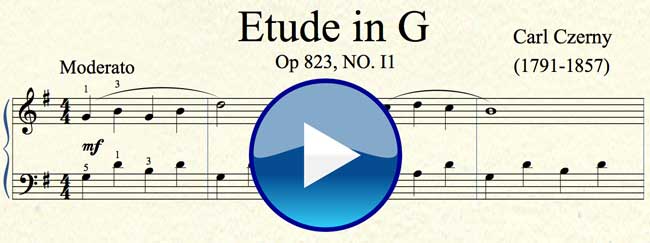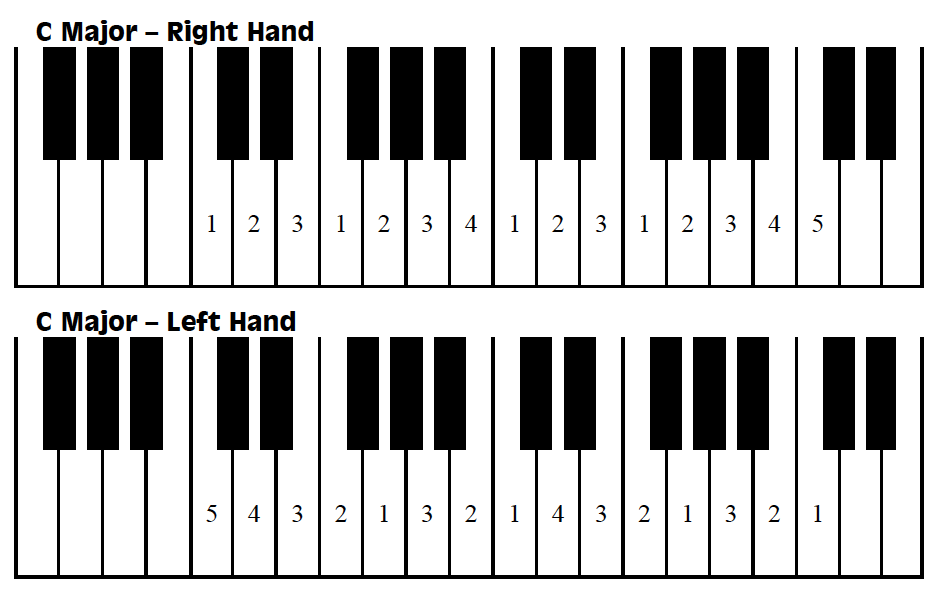This video shows how to play Beethoven’s Ode To Joy with the right hand only.
parents:
- While the child watches me playing the song in the video have her follow along with the sheet music pointing with her index finger from one note to the next.
- Make her read the note names from the first line of the sheet music below.
- Point to one of the notes in the second line of the sheet music below and ask the child to play the corresponding note (use the sheet below). Tip: allow the child to look at the keyboard to pitches table below to find the right name.



















